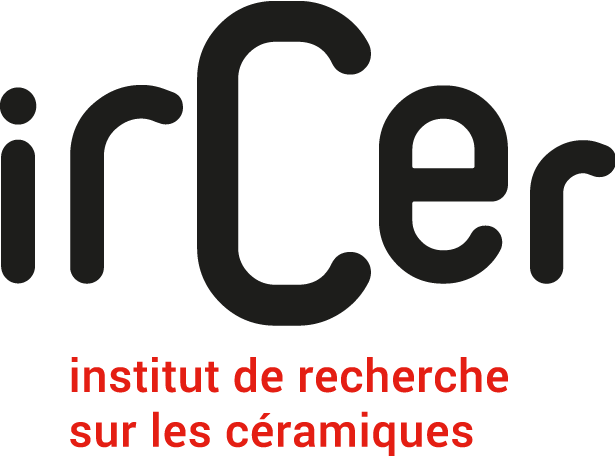Slip Length in Shear Flow Over a Textured Surface
Résumé
Hydrophobic textured surfaces are studied for their low wettability and their capacity to create a ‘slippery’ fluid on the surface during lubrication. To this end, the flow between two parallel surfaces is numerically addressed by computing two-dimensional numerical simulations. One of the surfaces moves with a uniform rectilinear motion, while the other is fixed, with a cavity in the middle. The steady-state flow is laminar and monophasic with a low Reynolds number. The reduction of the wall shear stress caused by a vortex in the cavity, with respect to a Couette flow, looks like the creation of an equivalent slip of the fluid on the wall at a macroscopic scale.
Three methods are used to calculate the slip length: one is based on the wall shear stress and the other two are based on the speed of the fluid flow. When the slip length is calculated according to these three methods, the obtained results differ. The differences show that the slip often used in the literature is a macroscopic representation of local effects that are not necessarily slippery. The speed profiles and the streamlines are then discussed, in order to propose an explanation for this difference.
Fichier principal
 Manuscript Preparation for Tribology Online_v14.pdf (1.44 Mo)
Télécharger le fichier
Manuscript Preparation for Tribology Online_v14.pdf (1.44 Mo)
Télécharger le fichier


